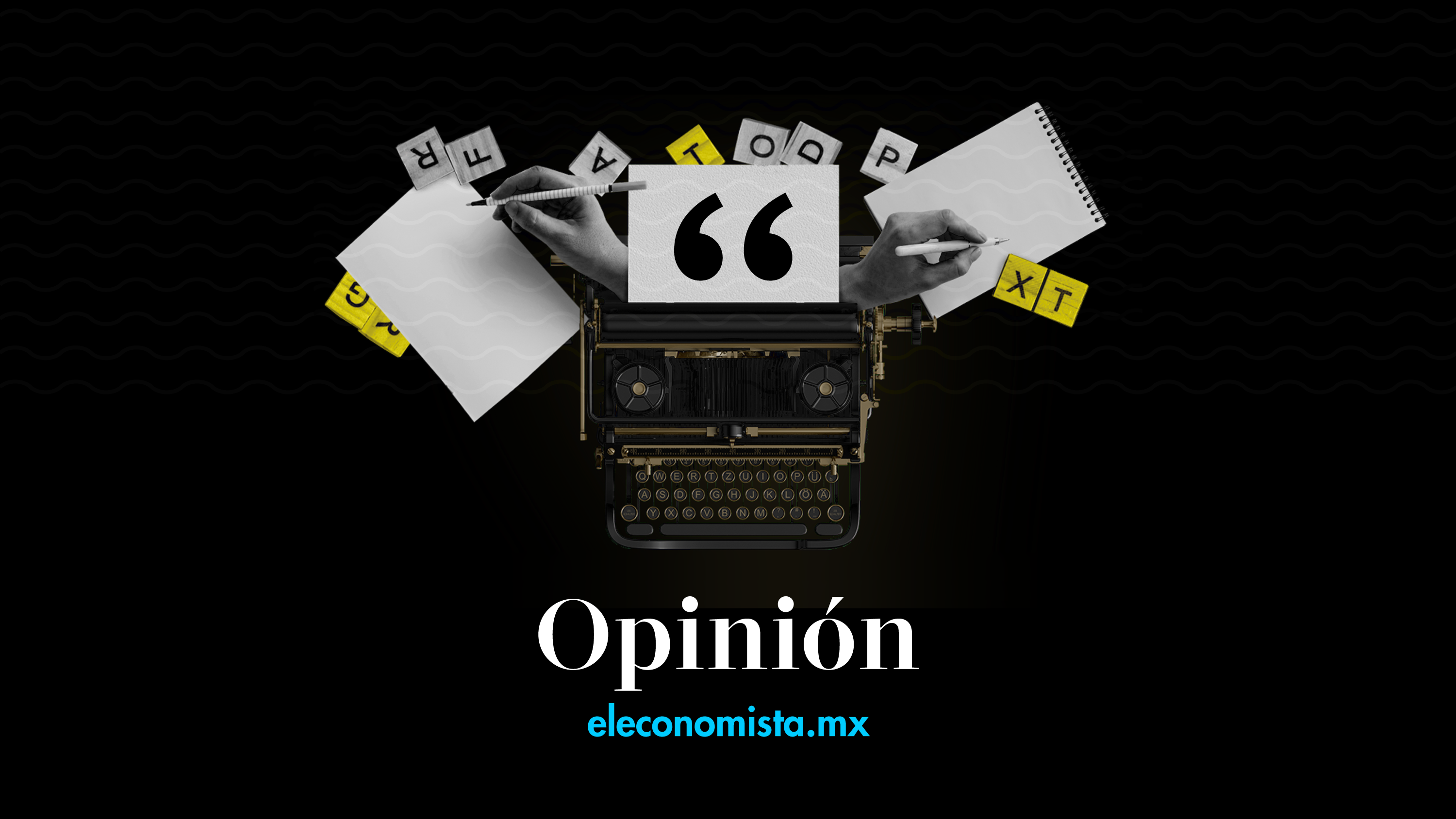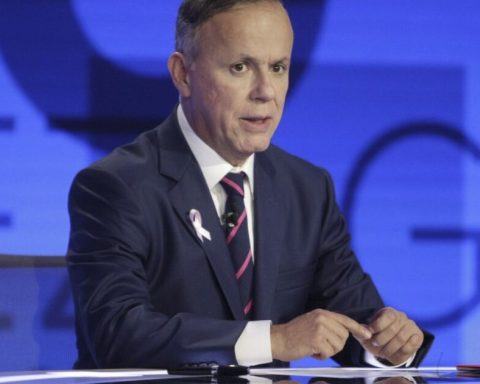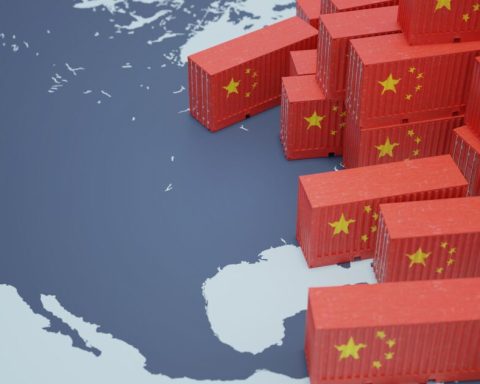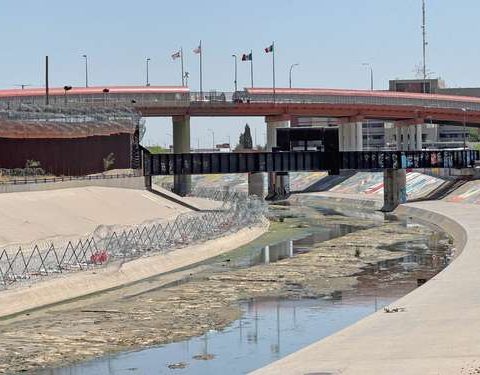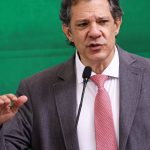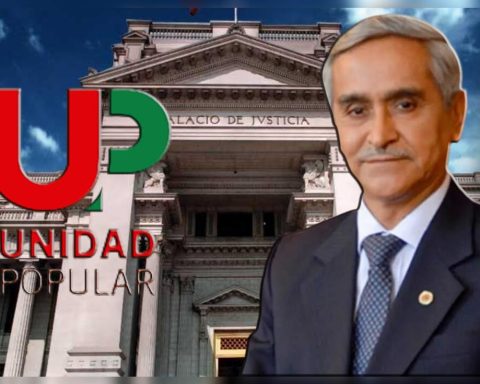When we analyze the development of a country, one way to do it is to see if the level of well-being of the children is greater than that of their parents at the same age, repeating the same analysis for subsequent generations. In this way, if the level of well-being is growing from generation to generation and this dynamic encompasses most of the families that make up society, it can be said that the country as a whole experienced a process of economic development (this does not imply increases in the level of well-being for all families is the same).
The increase in the level of family welfare from generation to generation has two main sources. The first is the environment in which each of the families develops and the evolution of the economy as a whole, notably what happens to the aggregate GDP (as well as regional and sectoral divisions), inflation and quality of the area in which they reside (environment, security, provision of public goods, education and health services, etc.).
The second source of development is related to decisions within each family, such as those related to income (how many members of the family work, in what sectors and how much do they contribute), the division of labor within the household, the allocation of income to the satisfaction of some of the consumption needs and, notably, investment decisions in the human capital of children.
The detailed analysis of these intra-family decisions is left for later articles to concentrate first on the environment in which each family operates, which leads us directly to the design and implementation of public policy in two main areas: the conditions for economic growth and the provision of public goods (this second aspect is the subject of the next article).
Since one of the main sources of intergenerational increase in well-being is that the economy grows at a higher rate than the population, it is crucial that the design and implementation of public policy, particularly economic policy, have as The objective is to generate the conditions for a sustained increase in investment in physical capital accompanied by a continuous process of technological change as the main source of increased productivity of production factors. The increase in the capital stock and technological change are the two main (actually the only) sources of sustained economic growth.
What the government has to do is not a mystery; There are basically seven things: 1) provide society with an institutional framework in which private property rights are efficiently defined in the legal framework, that these are protected against acts of third parties that violate them (including acts of the government itself ) and that are guaranteed by an independent and impartial judiciary; 2) ensure that all markets (goods, services and factors of production) operate under conditions of competition, both internally and abroad, as well as prosecute and punish private and public monopolistic practices; 3) guarantee an environment of stability of the general level of prices with an autonomous central bank and structurally sound public finances; 4) design a tax system from which the correct incentives for work, savings and investment are derived; 5) public investment in communications infrastructure, transportation, water, and electric power transmission; 6) educational and health systems that result in a high quality of human capital; and 7) correct market failures (externalities, public goods and asymmetric information that potentially generate a moral hazard problem).
If the government efficiently and effectively accomplishes these seven tasks, it will have generated the minimum conditions necessary for sustained economic growth as a source of intergenerational improvement in well-being. Although the governments in Mexico have not fully complied, there are only two in recent economic history whose decisions have caused a loss in well-being for at least one generation: that of López Portillo and so far that of López Obrador.
Twitter: @econoclasta
Economist and professor
Point of view
Knight of the National Order of Merit of the French Republic. Medal of Professional Merit, Ex-ITAM.
